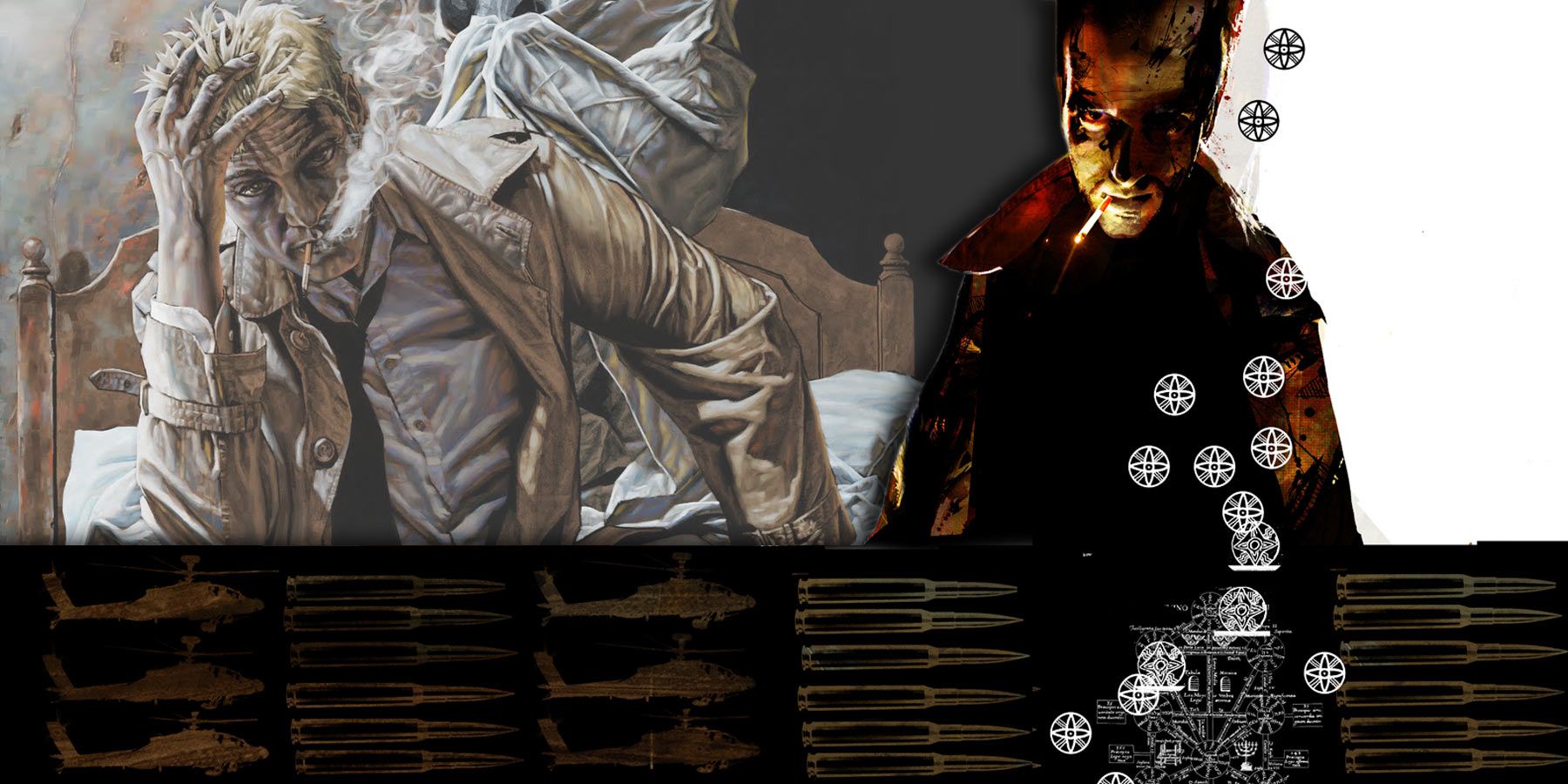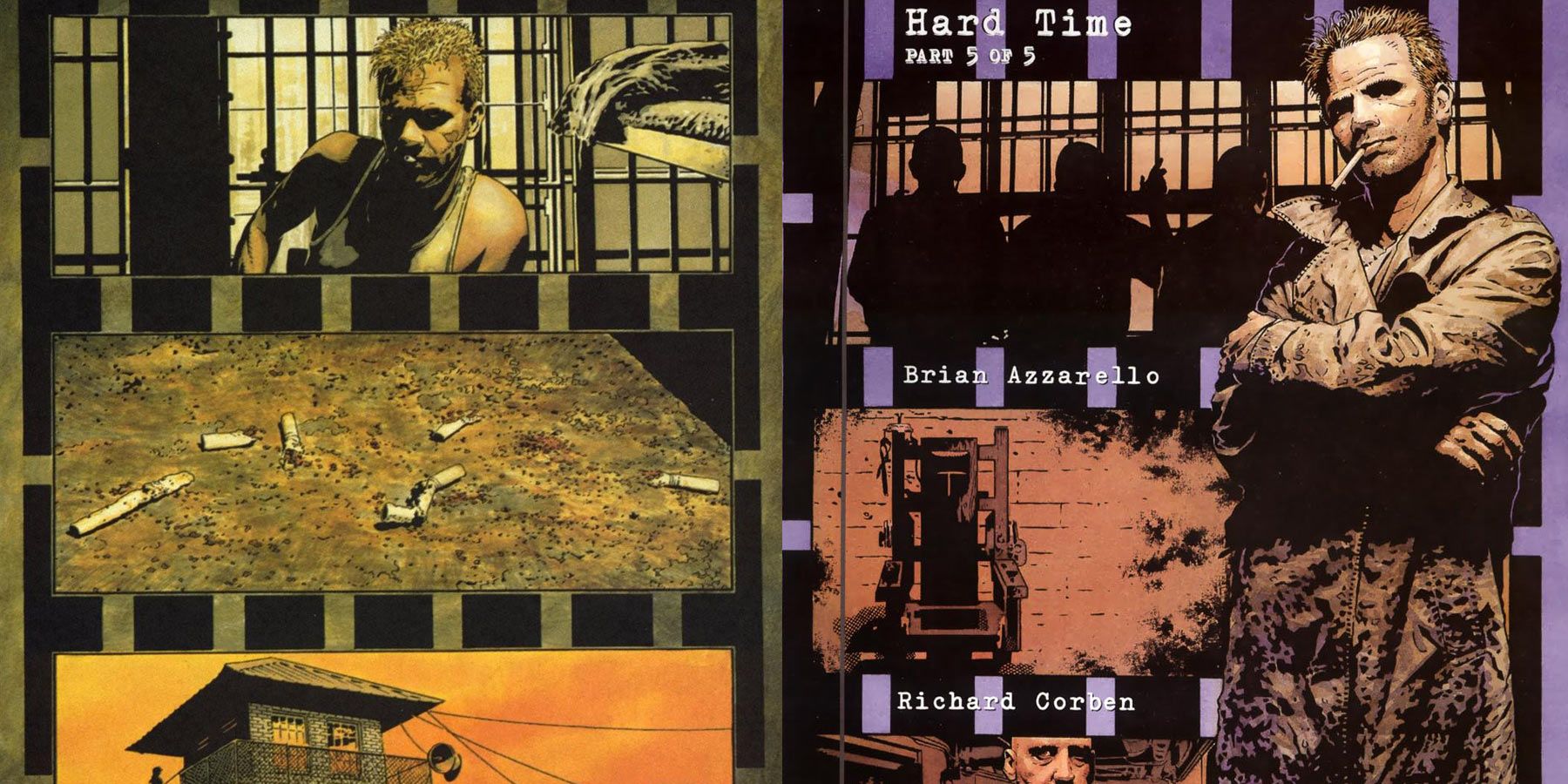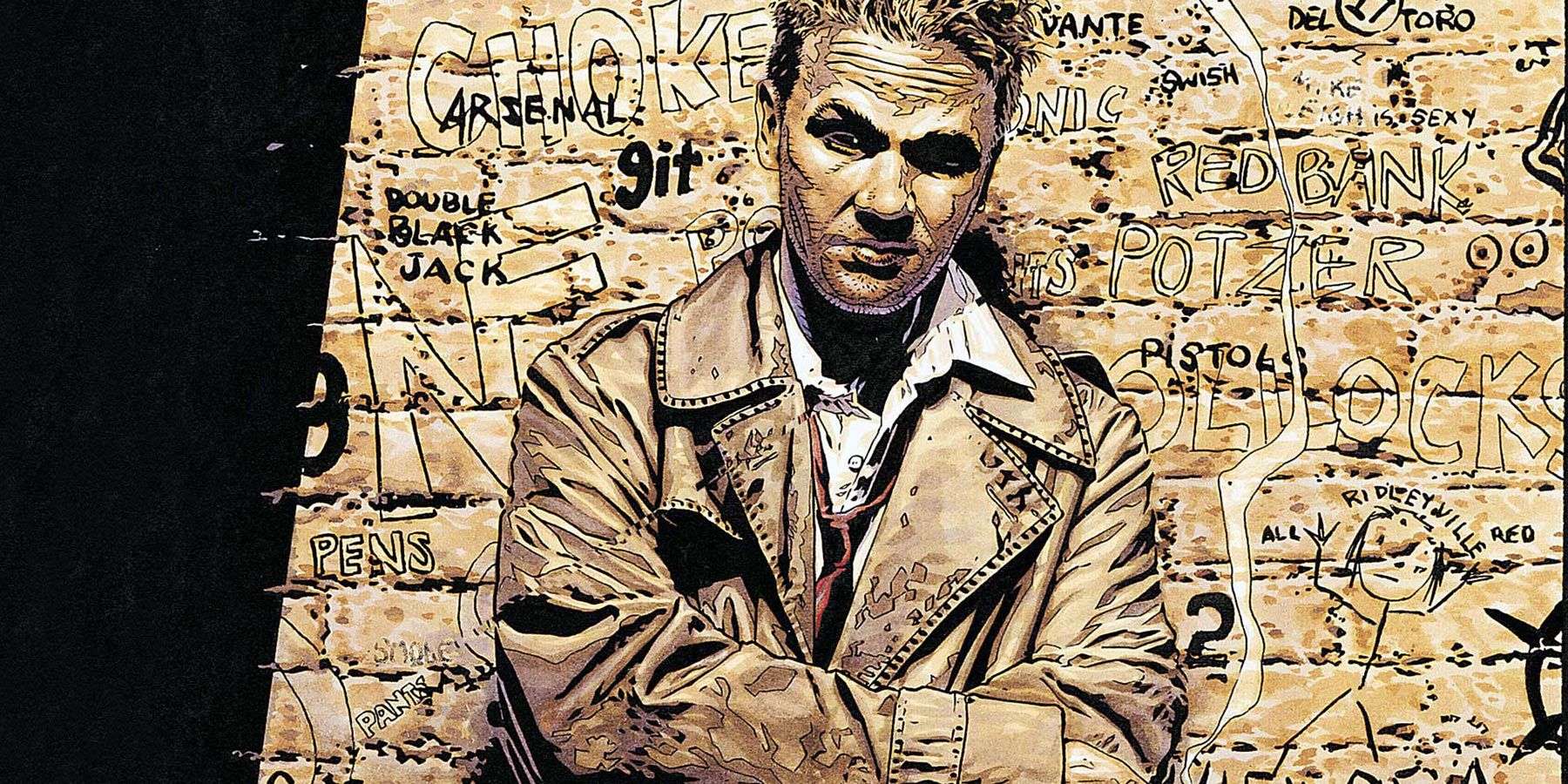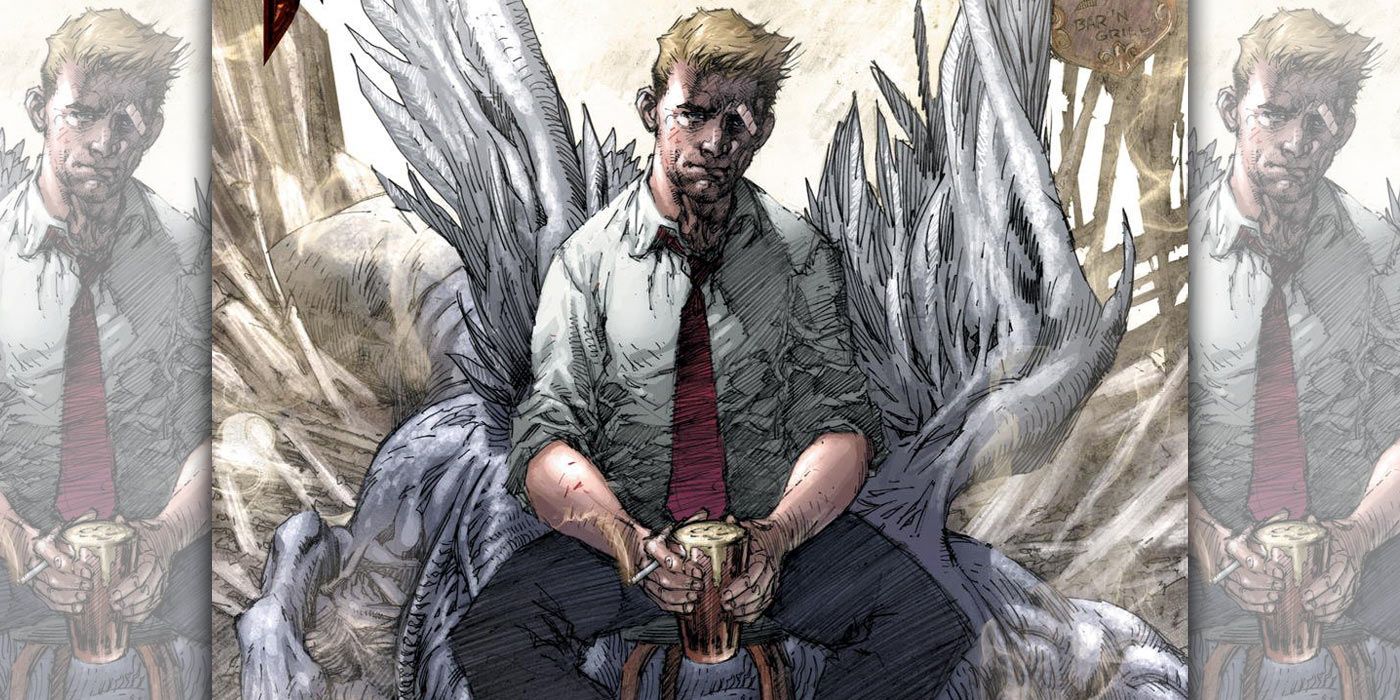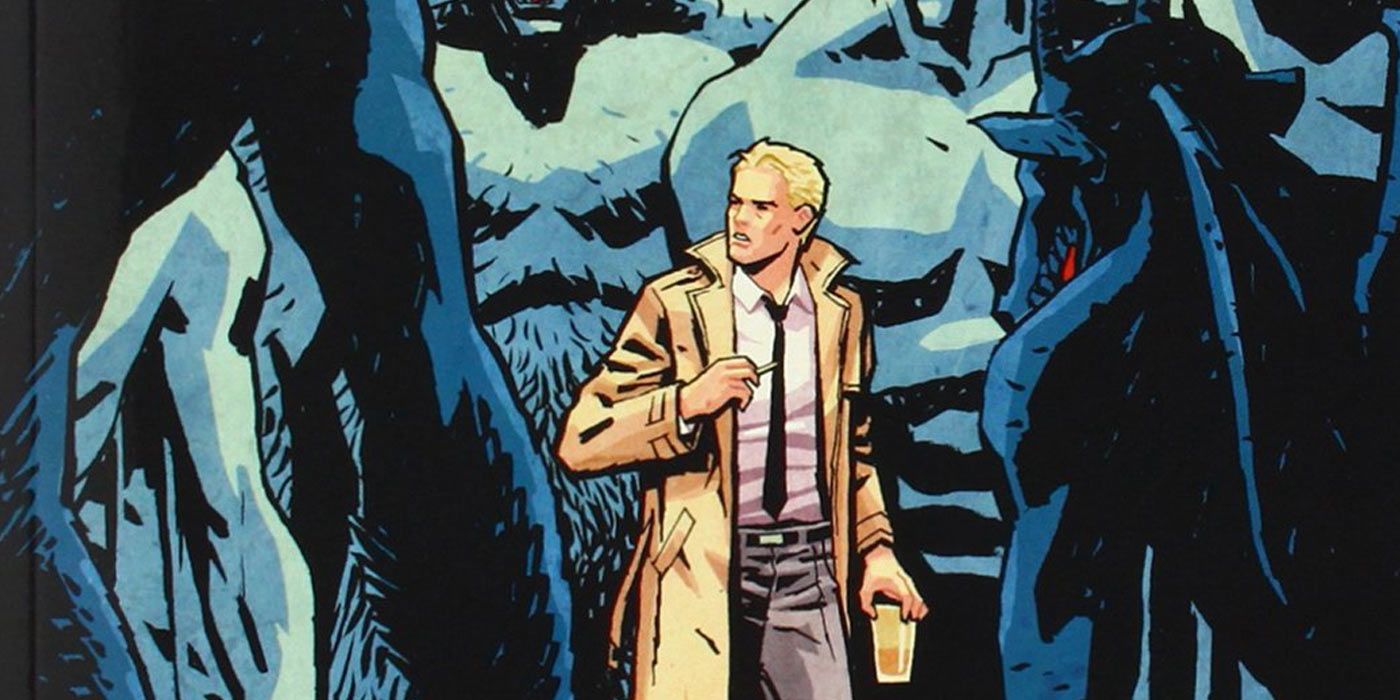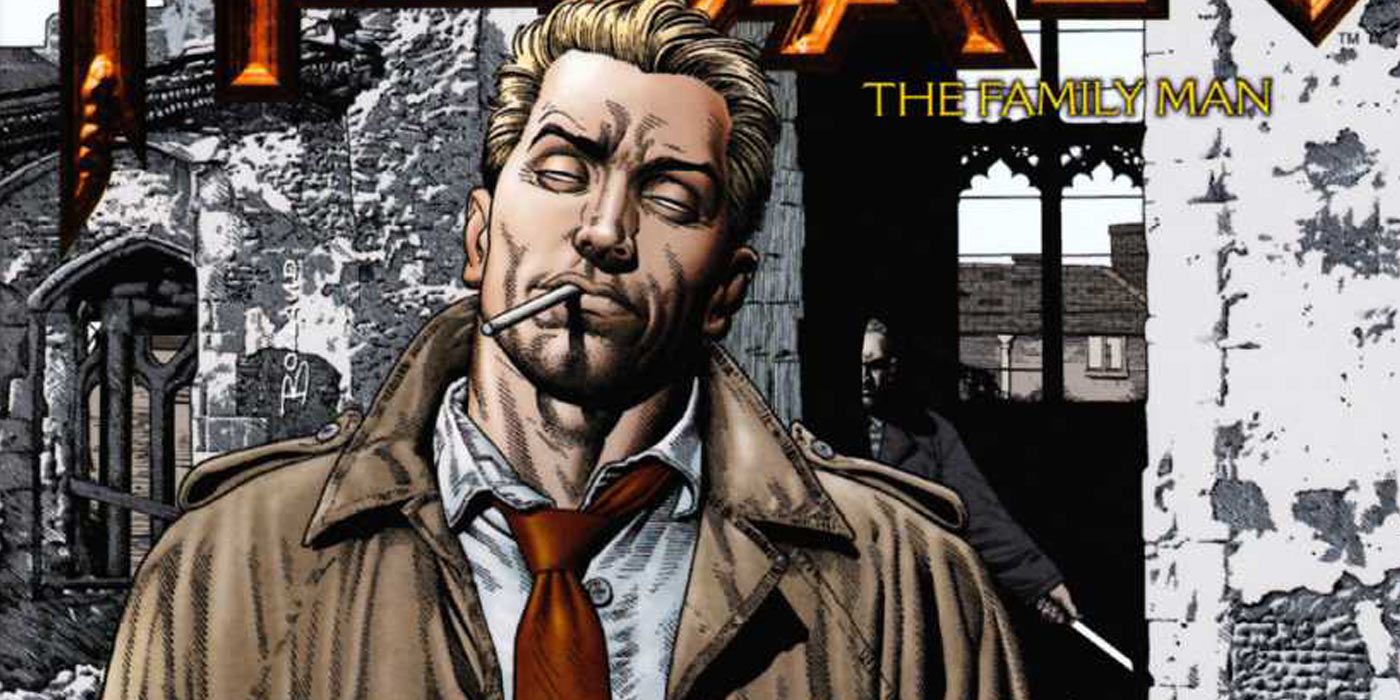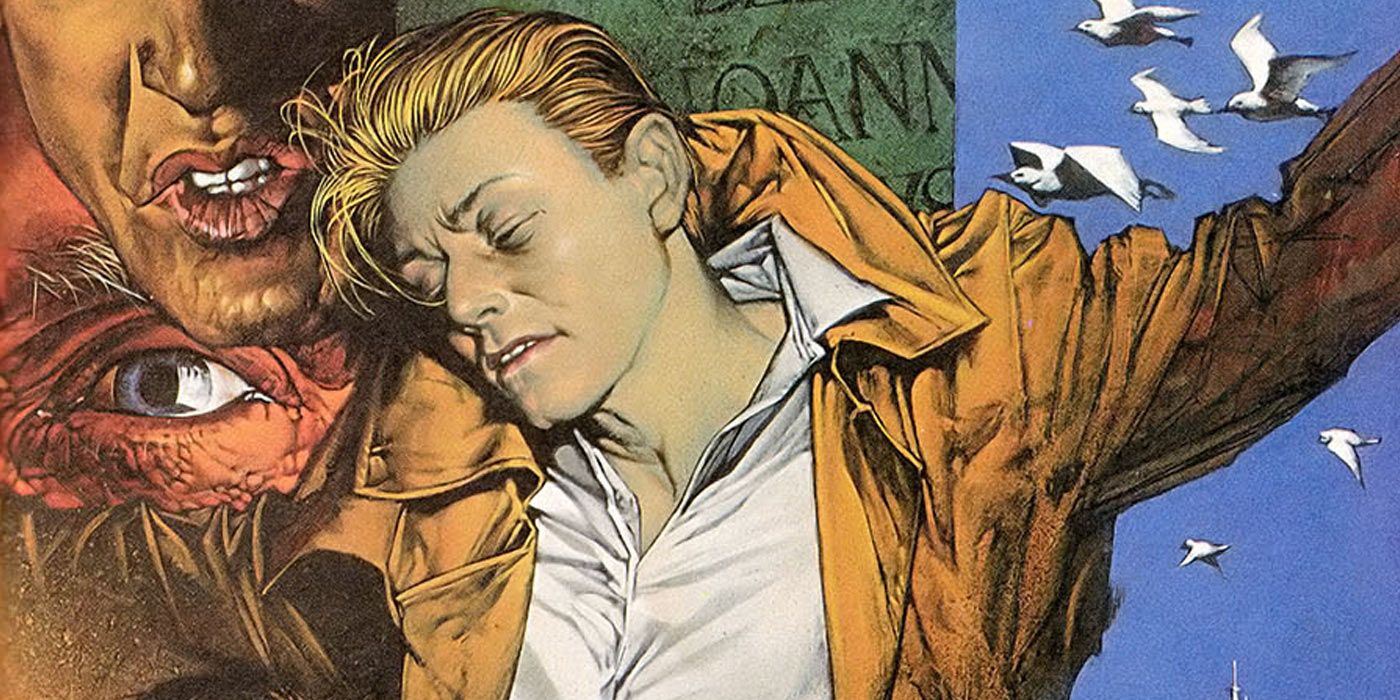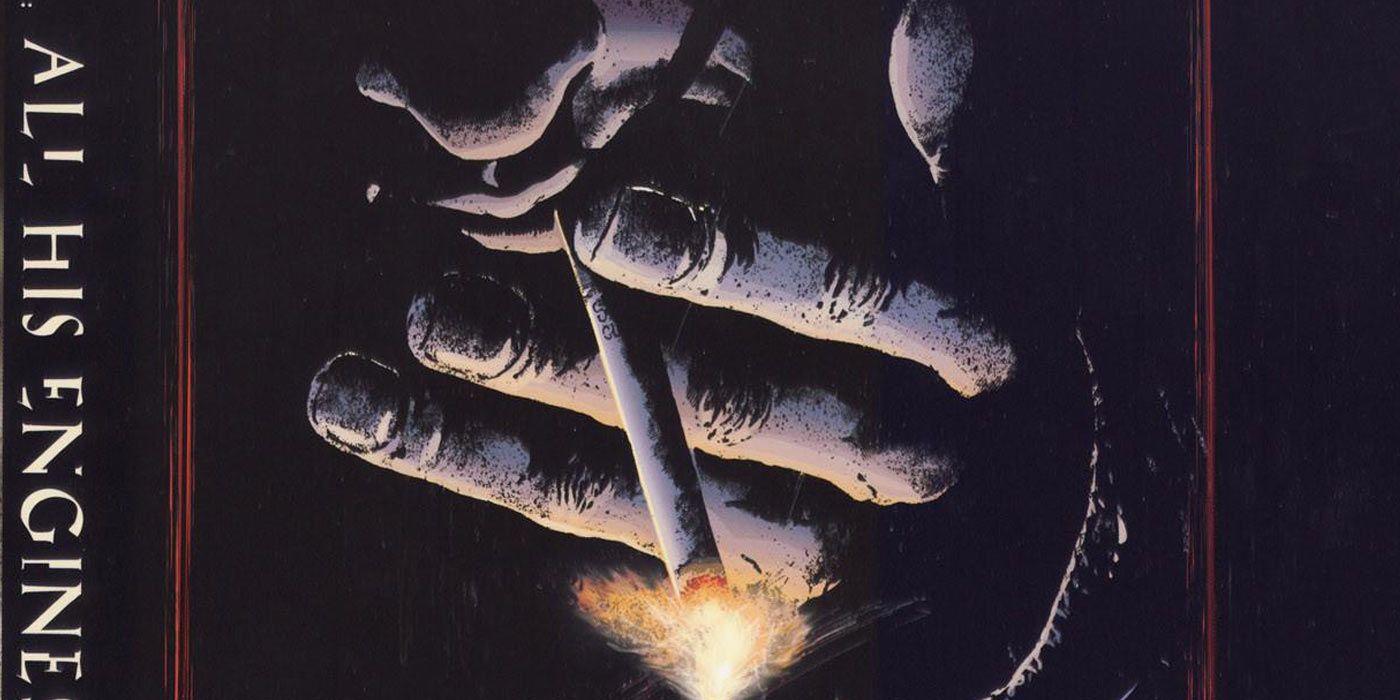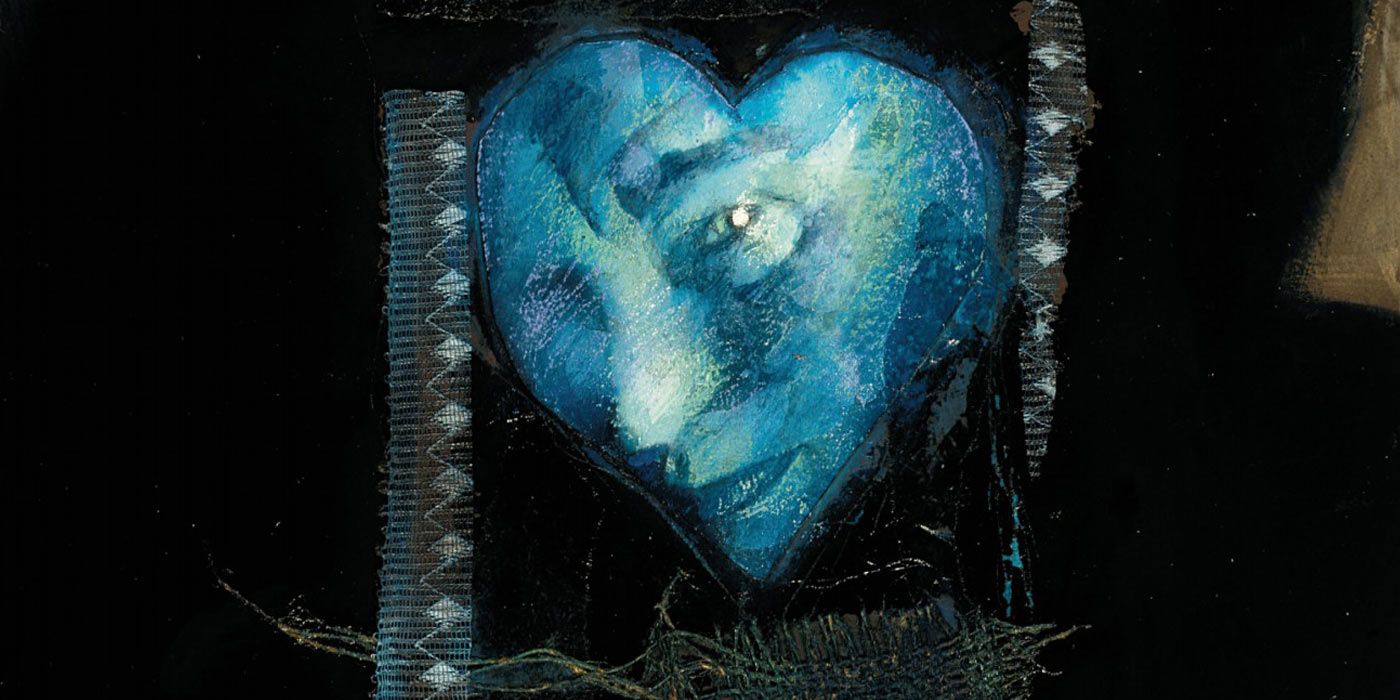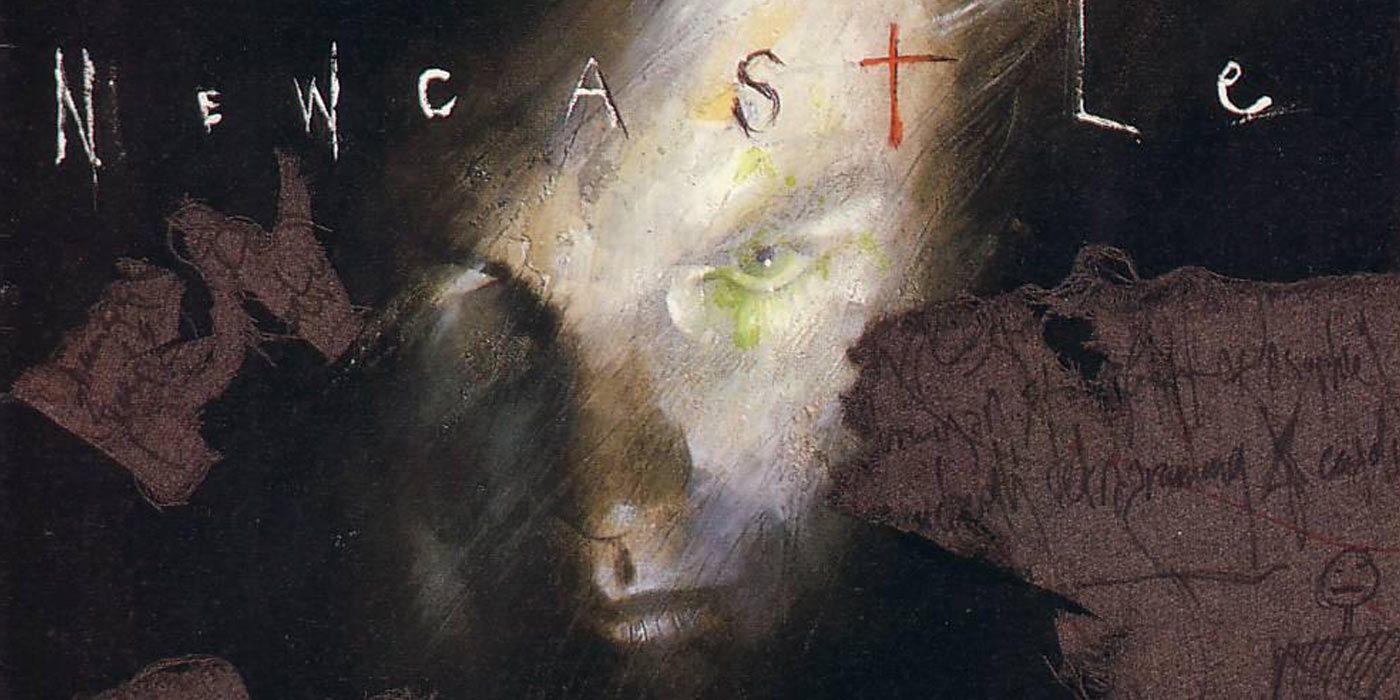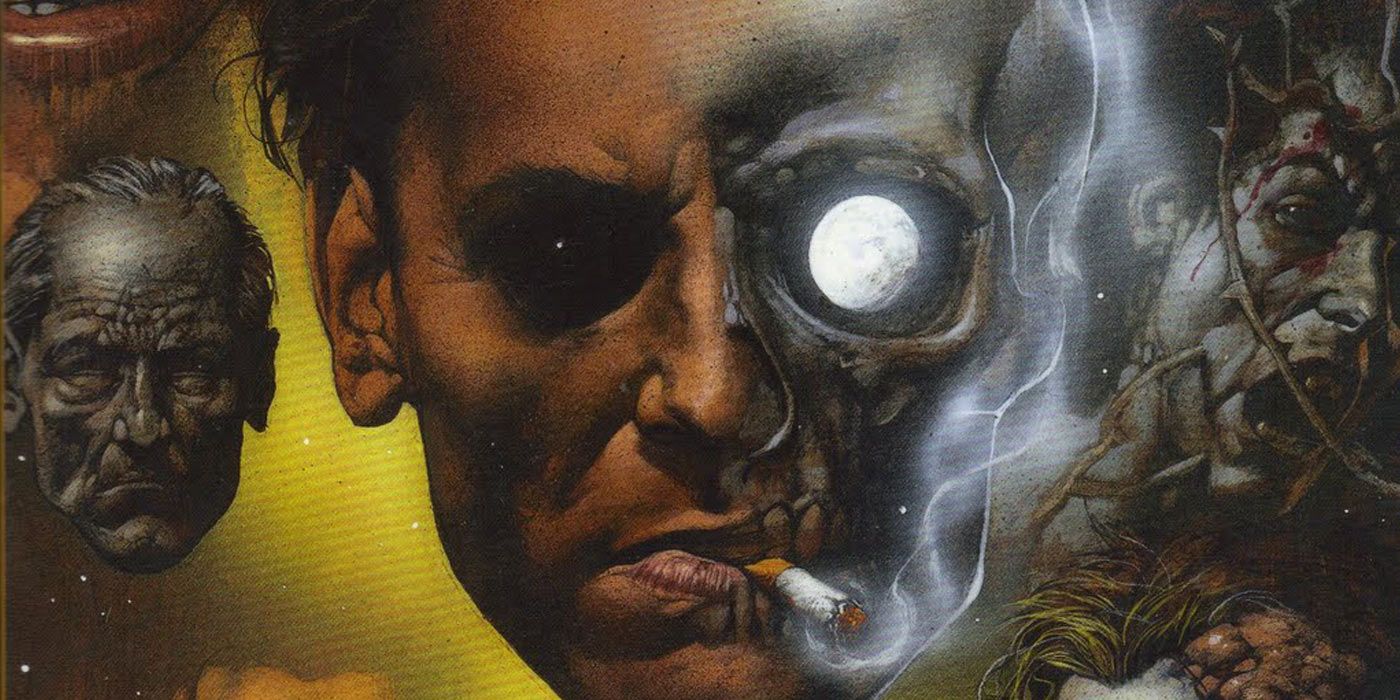Last week, "Hellbazer" returned to comic book stories as an ongoing series by Simon Oliver and Moritat. This marks first "Hellblazer" ongoing series at DC Comics since the original Vertigo Comics series, which debuted in 1987, ended in 2013 with issue #300.
RELATED: Simon Bisley Lays "Hellblazer" To Rest
The first volume of "Hellblazer" saw an impressive number of excellent comic book stories. Few series have enjoyed quite as many acclaimed writers gracing their pages, with Jamie Delano, Grant Morrison, Neil Gaiman, Garth Ennis, Paul Jenkins, Brian Azzarello, Warren Ellis, Mike Carey and Peter Milligan all writing for the series at one point or another. With the second volume of "Hellblazer" beginning, CBR decided to spotlight the ten greatest stories from a "Hellblazer" comic book. This is different from the greatest John Constantine stories, of course, as "Hellblazer" was a spinoff from "Swamp Thing," so Constantine had already appeared in a number of classic "Swamp Thing" stories by the time he got his own book (most of which were written by Alan Moore). Constantine has had other notable appearances in "Books of Magic," "Justice League Dark" and other titles (including his previous non-"Hellblazer" ongoing series).
10 "Hard Time"
"Hellblazer #146-150 (by Brian Azzarello and Richard Corben)
The first American to write the ongoing adventures of John Constantine, Brian Azzarello brought John Constantine to an American maximum security prison (for reasons not explained until the end of the story). Richard Corben's gritty artwork made the pages feel like they were grimy from the prison life depicted in this story. In a lot of ways, this was Azzarello's version of the famous sequence in "Watchmen" with Rorschach in prison -- John Constantine was not locked in a prison with a bunch of nasty criminals, they were locked in a prison with John Constantine. He used every trick he knew to rise in the ranks of the prison populace until he reached his final goal. This storyline was marked by how violent it was, not to mention just how vicious it was. Constantine's behavior eventually reached the point where he was almost more of a monster than some of the demons he had encountered over the years.
9 "Haunted"
"Hellblazer" #134-139 (by Warren Ellis and John Higgins)
Warren Ellis' run on "Hellblazer" was sadly a rather short one, marked by an infamous issue involving a school shooting that DC initially was not willing to publish (they eventually published it years later). That is a particular shame, considering his opening arc on the series was so good. "Haunted," drawn by John Higgins, was a dense and complex story by Ellis about Constantine dealing with the murder of an ex-girlfriend of his and his attempt to not just avenge her death but to make sure that she is taken care of in the afterlife. It's filled with some dark turns, but what is especially impressive is just how unexpectedly beautiful the story gets at time. There are few "Hellblazer" comic book stories that end with anything remotely resembling a "feel good" ending, and yet that's just the sort of feeling that "Haunted" evoked, even if the happy ending still involved a murdered innocent woman.
8 "Original Sins"
"Hellblazer" #1-9 (by Jamie Delano, John Ridgway and Alfredo Alcala)
When John Constantine finally received his spinoff from "Swamp Thing," writer Jamie Delano was given the assignment of writing Constantine's ongoing adventures. His opening arc was a series of loosely connected spotlight stories that slowly built to a battle between the Damnation Army, led by the demon Nergel, and the Resurrection Crusade, a militant Christian group, a battle that Constantine found himself stuck in the middle of, playing both sides against each other (while also making sure to protect his niece, Gemma, who was chosen by Nergel to be one of his brides). Oddly enough, the conclusion to the Damnation/Crusade story actually took place in "Hellblazer" #10, which has never been included in "Original Sins" trade paperbacks. Ridgway's moody artwork accentuated Delano's dark stories well. These stories were very much part of their time period, as Delano, through Constantine, used most of these stories to rebel against the conservative politics of England in the late 1980s.
7 "Rake at the Gates of Hell"
"Hellblazer" #76-83 (by Garth Ennis and Steve Dillon)
At John Constantine's 40th birthday party, one of his friends remarked that the Pogues wrote a song that reminded him of John, "The Rake at the Gates of Hell," a tune about a bad man sitting face to face with eternity in light of his past misdeeds. That certainly did describe John Constantine well, especially in this final arc, when all of the various plots of Ennis' run came together at once. Most importantly, one of the demons from "Dangerous Habits" wanted his revenge on Constantine and he viewed the only way of achieving it was to make Constantine's life on Earth as much of a living Hell as possible. The confrontation between Constantine and the "First of the Fallen" was the highlight of this volume, especially in the interesting way that Ennis explored the reason behind the very existence of Satan. Steve Dillon delivered his consistently strong, character-driven artwork that made him such a great artistic pairing with Ennis.
6 "The Family Man"
"Hellblazer" #23-24, 28-31 (by Jamie Delano, Ron Tiner, Dean Motter, Sean Phillips, Kevin Walker and Mark Buckingham)
"The Family Man" was a bit of a strange story arc because it was interrupted by a few one-off stories by Grant Morrison and Neil Gaiman right in the middle of the storyline. Luckily, those one-off stories were good in their own right, but Delano's overall arc was his finest across his "Hellblazer" run. John Constantine inadvertently got caught up in the world of the serial killer known as "The Family Man," with John sending a family to their deaths at the hands of the killer. This made Constantine obsessed with taking down the serial killer by any means necessary. So much of "Hellblazer" up until this point had dealt with the occult and the supernatural, so it was a shocking change to see "just" a man be as monstrous as any demon could hope to be, and to see what lines Constantine would be willing to cross to take such a monster down.
5 "Fear and Loathing"
"Hellblazer" #62-67 (by Garth Ennis and Steve Dillon)
This storyline was a loosely connected series of stories that showed John Constantine slowly losing control of his life. The story began with John and his then-girlfriend (and likely love of his life), Kit Ryan, stepping in when it appeared that John's niece, Gemma, was looking to follow John into the world of magic and curses. John handled the kid who got her into it while Kit handled Gemma herself. Next, a variety of guest stars helped John celebrate his 40th birthday. Then a return of the angel Gabriel brought things crashing to the ground as Constantine once again brought violence to his own door, as one of his best friends once again paid the ultimate price for being friends with John Constantine. Even when John resolved that conflict, the fact that it drew Kit into his business (leading to Kit having to fight two thugs in her own home) led to her leaving John, thus sending the Hellblazer on one of the biggest spirals of his life.
4 "All His Engines"
"Hellblazer: All His Engines" (by Mike Carey and Leonardo Manco)
This original graphic novel was designed to work as a one-off introduction to John Constantine and his bleak world for new readers looking to check out a self-contained work after watching the then-newly released motion picture adaptation of "Hellblazer," dubbed "Constantine" (which arrived 9 years before 2014's "Constantine" TV series on NBC). Like the film, the story took place in Los Angeles, as Constantine traveled to the United States to help Tricia, the granddaughter of his best friend, Chas Chandler, as her very soul had been taken hostage as part of a war between gods. The demon Beroul held Tricia's soul almost as collateral to force Constantine to work on his behalf. Beroul was a particularly fascinating character, as Carey depicted him as a sort of demonic movie executive, contrasting the manipulation of actual souls with the way that movie executives effectively trade in souls themselves. Manco's art beautifully illustrated this tragic world. NBC's series roughly adapted this story for an episode as well.
3 "Hold Me"
"Hellblazer" #27 (by Neil Gaiman and Dave McKean)
The best "Hellblazer" stories, like the best horror stories period, really, are ones that use magic and the occult to address real life issues that affect everyone. That was certainly the case in the brilliant one-off issue of "Hellblazer" by Neil Gaiman and Dave McKean (who are forever linked due to McKean's legendary covers to Gaiman's classic "Sandman" series), which detailed the story of a ghost who craved human companionship. Tragically, when the ghost hugged people, he would suck away their body heat, thereby killing them. The ghost's quest for warmth is contrasted against a lesbian couple who wanted Constantine's help in conceiving a child. Like the ghost, they were reaching out, almost blindly, into the universe and hoping to find something kind that could suit their needs. Constantine, meanwhile, has his own selfish needs -- can he put them aside to help others? It's a wonderful story, with stunning artwork by McKean.
2 "Newcastle: A Taste of Things To Come"
"Hellblazer" #11 (by Jamie Delano, Richard Piers Rayner and Mark Pennington)
One of the strongest themes that continued to be present throughout the 300 issues of "Hellblazer" was the collateral damage that followed in the wake of John Constantine's various maneuvers and manipulations. By the time the series started, Constantine was at a point in his life where he had more or less come to terms with this effect, although on more than one occasion over the years, writers showed that even the hardened Constantine could break down over what his actions meant to the lives of his friends and family. However, that was the case of Constantine after many years of these results. In "Newcastle," Delano and artists Richard Piers Rayner and Mark Pennington showed a stunning flashback to the time that a young, cocky John Constantine ended up with the first damned soul on his conscience and Constantine handled it far worse the first time that it happened. This was a devastatingly powerful issue that gave amazing insight into Constantine's character.
1 "Dangerous Habits"
"Hellblazer" #41-46 (by Garth Ennis, Will Simpson, Mark Pennington, Tom Sutton and Malcom Jones III)
Garth Ennis almost made his life too difficult for himself with his opening arc as the regular writer of "Hellblazer." His first story was so great that it was practically impossible for him to top it during the rest of his issues, despite the other stories also being excellent in their own right. Ennis' brilliant idea behind his story was the revelation that John Constantine was dying of lung cancer. We already know what kind of mischief John Constantine could get up to under normal circumstances, but what does a man like Constantine do when he is literally faced with his impending death? Naturally enough, he works his abilities as a sort of spiritual con man to their extremes, manipulating a trip of demons with a plan as outrageous as it was unforgettable. Drawn mostly by Will Simpson, this strikingly clever story arc was roughly the basis for the aforementioned "Constantine" film and remains the best "Hellblazer" story to this day.
What's your favorite Hellblazer story?

